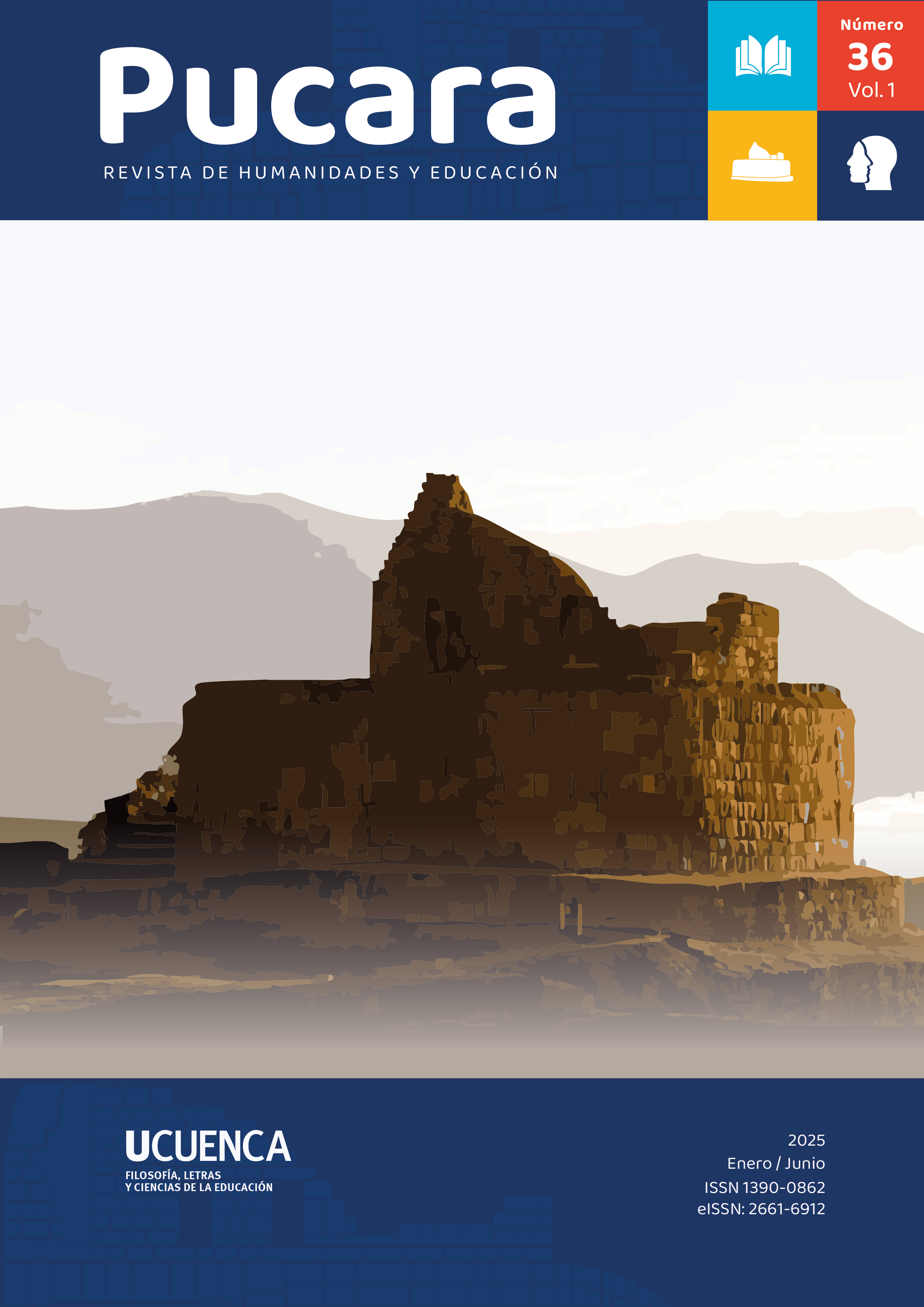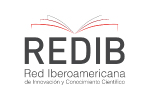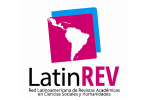Cuando los muertos hablan: la fragmentación en El material humano de Rey Rosa
When the Dead Speak: Fragmentation in Rey Rosa's The Human Material
DOI:
https://doi.org/10.18537/puc.36.01.05Keywords:
memory, file, dead, dictatorship, underworld, fragmentationAbstract
In the following text, the novel El material humano, by Rodrigo Rey Rosa (1958), has been taken as an object of study. The objective is to argue about the structure of both the novel (archive /diary) and the language used. Thus, fragmentation in the novel is a stylistic resource, because the aim is to reflect the puzzle of historical memory completed from the memories of the dead. Here, then, clippings of experiences of citizens, actors and those involved in stories of disappearance, kidnapping, murder, and political persecution are heard and read. This recognition of the value of each particularity, experience, voice, fear allows us to reconstruct the events that, in general, are foreseen, but without certainty. For this approach, interpretive and structural reading has been applied, which according to Ricœur (2006) is based on a conjecture and has been validated with the references of the same text analyzed.
Downloads
References
Angulo, S. (2019). Tiempo y memoria: los informes de la verdad y la justicia. En el caso de Guatemala. Cuadernos Intercambio sobre Guatemala y el Caribe,16(2),1-16.
Baldovinos, R. (2018). Más allá del duelo, otras formas de imaginar, sentir pensar la memoria en Centroamérica, Yansi Pérez. Realidad, 153 (1), 211-214.
Butler, J. (2020). Sentir miedo: formas de la violencia. Perguin Random House Grupo Editorial. [Kindle Paperwhite version]. Recuperado de amazon.com.
Carini. S. (junio 2014). La reelaboración del trauma a través del archivo en ‘El material humano’ de Rodrigo Rey Rosa y ‘La isla’ de Uli Stelzner. Tonos. Revista de estudios filológicos (27).
Cieza, D. (2018). Trabajo y derechos humanos. Multigraphic.
Foucault, M. (2008). La arqueología del saber. 2ª ed. Siglo XXI.
Gómez Trueba, T. Fragmentación textual e identidad escindida. Introducción, Siglo XXI. Literatura y Cultura Españolas, 19 (2021): 105-107. https://doi.org/10.24197/sxxi.19.2021.105-107
Jelin, E. (2019). La lucha por el pasado: cómo construimos la memoria social. [Kindle Paperwhite version].
Jossa, E. (2013), Transparencia y opacidad. Escritura y memoria en Insensatez de H. Castellanos Moya y El material humano de R. Rey Rosa. Centroamericana,23(2), 31-58.
Loaeza, S. (2016). La fractura mexicana y el golpe de 1954 en Guatemala, Historia mexicana,66(2), 725-791.
López, F. (2021). Conflicto armado en Guatemala: reconstrucción histórica y memoria colectiva del pueblo maya chuy. Historia y Memoria, 22(1), 323-357.
Mancosu, P. (2020). Los muertos no se mueren ni se van. Revista de pensamiento crítico y estudios literarios latinoamericanos. Mitologías de hoy, 21(1), 85-98.
Martínez, J. (2015). Memoria y ficción en El material humano de Rodrigo Rey Rosa: la representación imposible de la violencia en Guatemala. Rilce, 33(2), 585-599.
Naiman, F. (2020). La enunciación colectiva de los muertos como resistencia de la historia mexicana en Pedro Páramo de Juan Rulfo. Questión. Periodismo/comunicación,67(2),1-14.
Rey Rosa, R. (2017). El material humano. Penguin Random House. [Kindle Paperwhite version]. Recuperado de amazon.com.
Ricœur, P. (2006). Teoría de la interpretación literaria. Siglo XXI.
Rivera, R. (2015). La representación del espacio en las novelas Insensatez y El material humano. Revista de Pensamiento Actual, 15(24), 105-116
Sarlo, B. (2005). Tiempo pasado. Siglo XXI.
Spiller, R. (2017). Espectros en el archivo, aspectos mediáticos del trauma del guatemalteco en El material humano de Rodrigo Rey Rosa y La Isla. Archivo de una tragedia de Uli Stelzner, Iberoamericana, 17(65),107-132.
Published
How to Cite
Issue
Section
License
Copyright (c) 2025 Estalin Calle Herrera

This work is licensed under a Creative Commons Attribution-NonCommercial-ShareAlike 4.0 International License.
Copyright © Autors.

You are free to:
 |
Share — copy and redistribute the material in any medium or format |
 |
Adapt — remix, transform, and build upon the material for any purpose, even commercially. |
Under the following conditions:
 |
Attribution — You must give appropriate credit, provide a link to the licence, and indicate if changes were made. You may do so in any reasonable manner, but not in any way that suggests the licenser endorses you or your use. |
| NonCommercial — You may not use the material for commercial purposes. | |
| ShareAlike — If you remix, transform, or build upon the material, you must distribute your contributions under the same license as the original. |
| No additional restrictions — You may not apply legal terms or technological measures that legally restrict others from doing anything the licence permits. |












